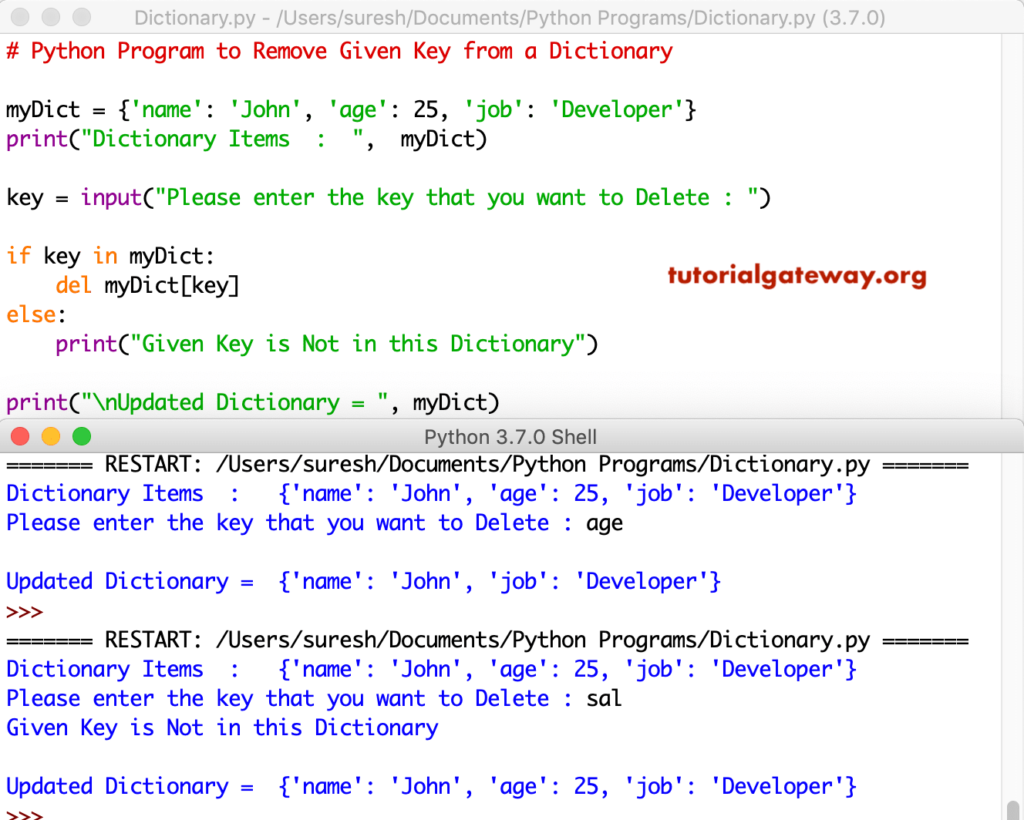

In the above program, five elements are inserted into the queue. Number of elements: Tail>Head: Number of elements Tail - Head. First, we put the string Got in line first into the queue. queue(): returns and removes the element at the front of the queue. We create a Queue object first and then enqueue an item into it. The newly added element always becomes the rear element. It is for this reason that it is called a circular queue. queue.enqueue(x): adds an element to the back of the queue. In the enqueue operation, we add the element into the queue just like a person joins a queue at a ticket counter. Here you will observe that the elements are inserted from the 14th position and then it restarts from 0.
#ENQUEUE PYTHON FULL#
#ENQUEUE PYTHON CODE#
Self.queue = for i in range(5)] #creates a list ĭef enqueue(self, data): # To enter the elements in a queue Queues and Circular Queues (With Code in C, C++, Java, and Python). Source code to implement a queue using Python class queue: # Create a class queueĭef _init_(self, max_size, size=0, front=0, rear=0): That means the first element that is added to the queue is the first one to be removed.ġ) A queue is an ordered list of elementsĢ) This data structure follows the FIFO order.ģ) The deletion of the new element will be done only after all the previous elements of the new element are deleted.

First, what is queue? A queue is a data structure which follows First In First Out (FIFO).
#ENQUEUE PYTHON HOW TO#
In this Python tutorial, we will learn how to implement a queue data structure in Python language.


 0 kommentar(er)
0 kommentar(er)
